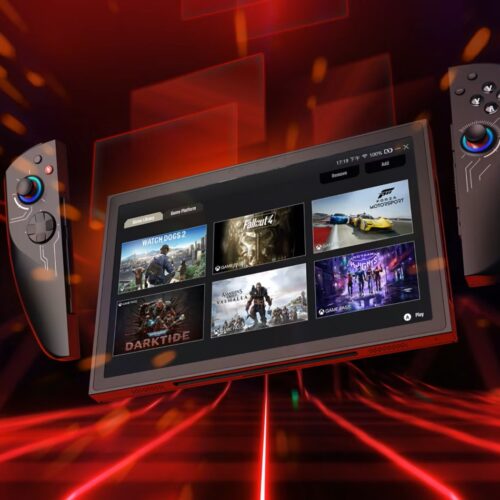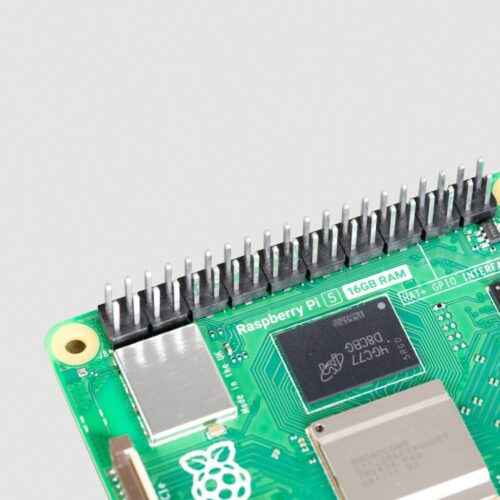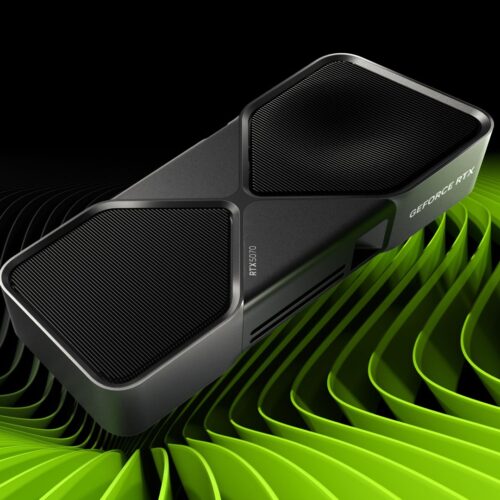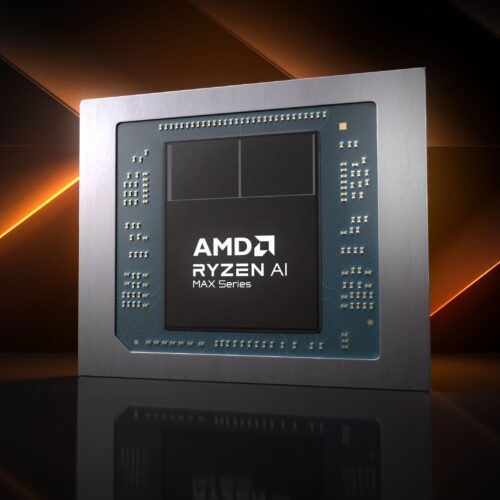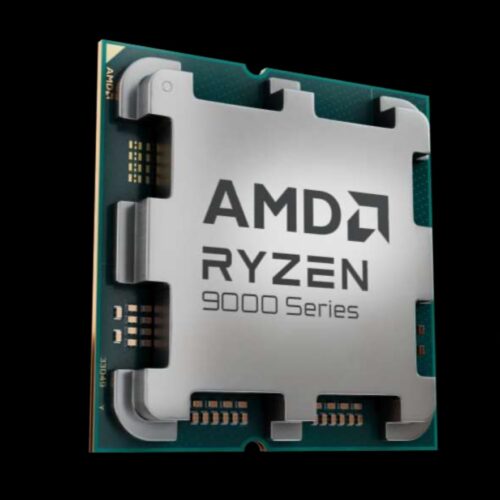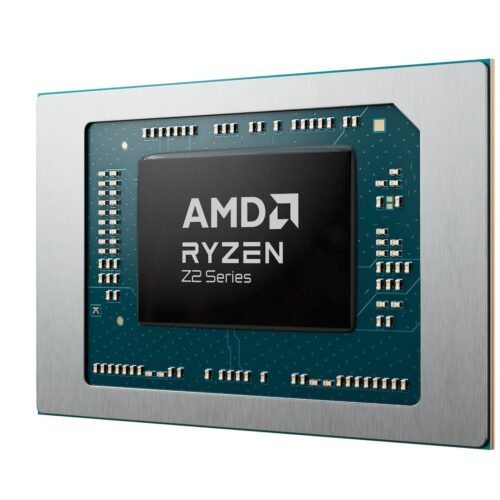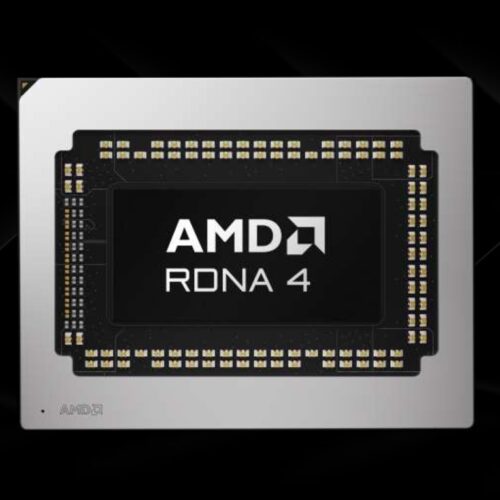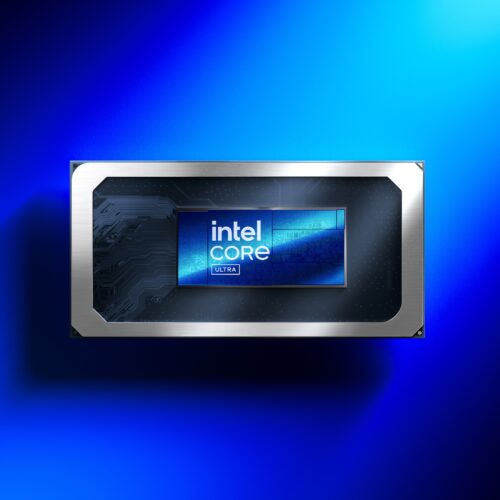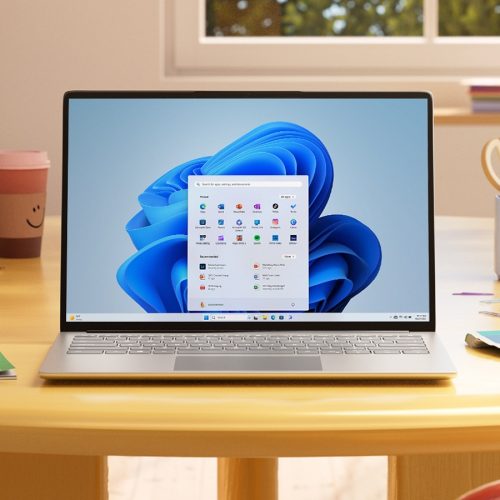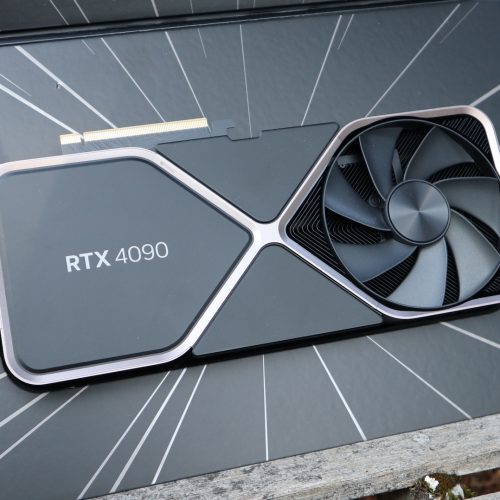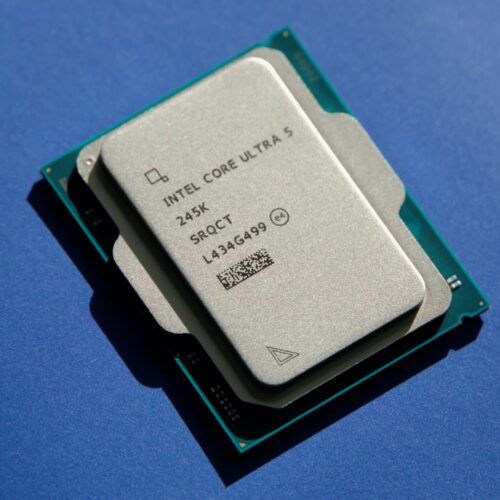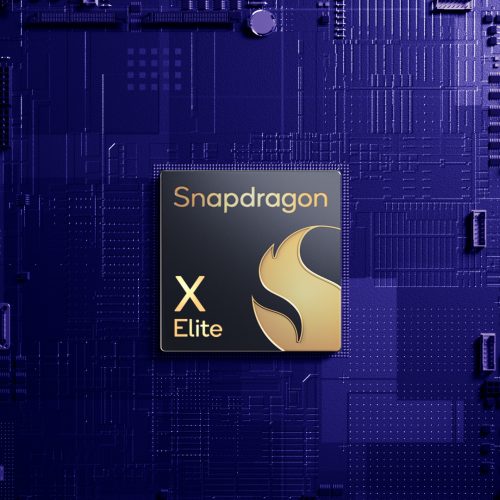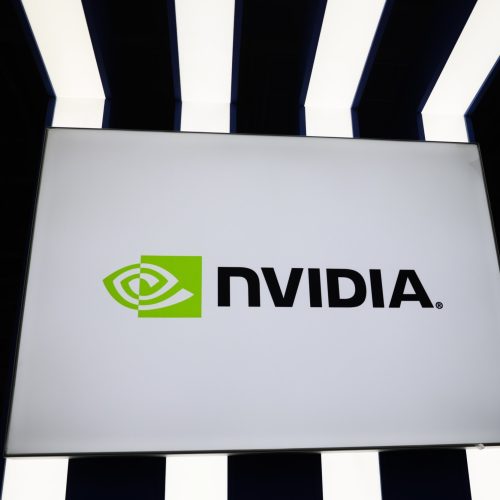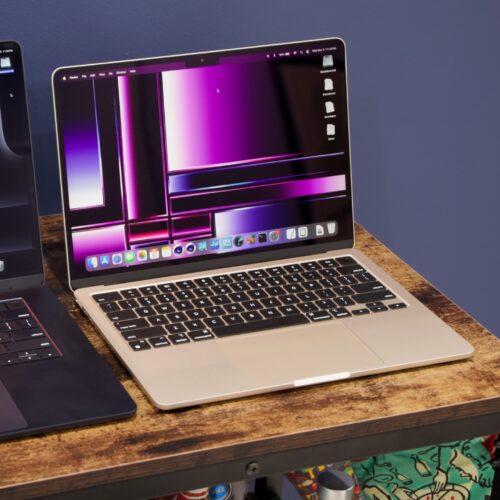Strange, unique, and otherwise noteworthy PCs and PC accessories from CES 2025
The Consumer Electronics Show is a reliable source of announcements about iterative updates to PCs and PC components. A few of those announcements are significant enough in some way that they break through all that noise—Nvidia's RTX 50-series GPUs and their lofty promises about AI-generated frames did that this year, as did Dell's decision to kill multiple decades-old PC brands and replace them with a bland series of "Pro/Premium/Plus" tiers.
But CES is also a place where PC companies and accessory makers get a little weird, taking some bigger (and occasionally questionable) swings alongside a big batch of more predictable incremental refreshes. As we've covered the show from afar this year, here are some of the more notable things we've seen.
Put an E-Ink screen on it: Asus NUC 14 Pro AI+
The strangest CES PCs are usually the ones that try to pull away from "a single screen attached to a keyboard" in some way. Sometimes, those PCs have a second screen stashed somewhere; sometimes, they have a screen that stretches; sometimes, they get rid of the keyboard part and extend the screen down where you expect that keyboard to be.


© Acer
